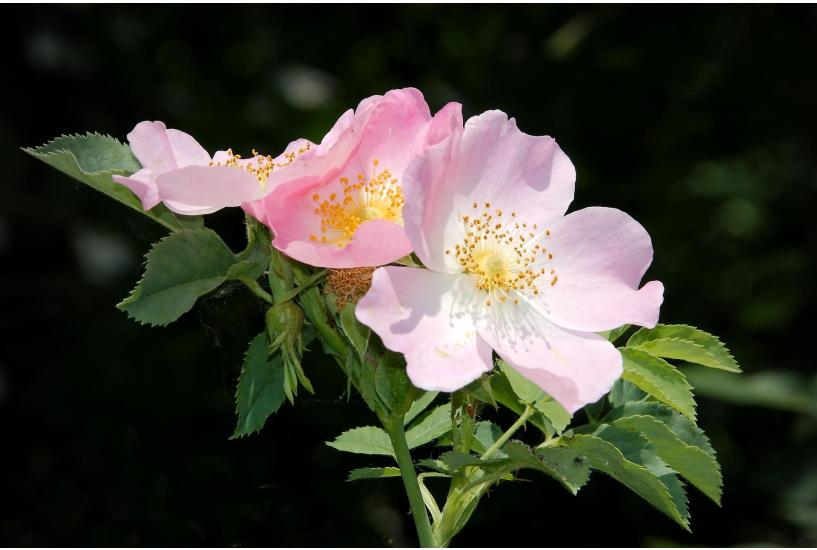Magic with Flowers
by Jon G. Hughes, author of Flower Magic of the Druids and many other books
Within the Druidic lore that I grew up with in Wales, flowers were everywhere—in the wild wood, in our pastures and meadows, in our gardens and homes, and especially within the dark, smoke-filled workshops of the learned Druids who were responsible for my training. The ubiquitous presence of flowers is due in no small part to the insights of our pre-Celtic ancestors who, thousands of years before the arrival of the Celtic influence on our shores, developed a system of flower magic that is as relevant today as it was during the ancient megalithic era of stone circles and ritual standing stones.
Over the thousands of years since the magical benefits of flowers have been recognized, we have continued to forage vital flowers from our meadows, hedgerows, fields, and forests in order to extract the cardinal essences essential to the magical lore of our forefathers and foremothers. These ancient cunning folk, Druids, witches, and forest conjurers all understood the benefits of each individual plant and its flowers and were the source of an arcane lore that informed the mediciners, wort doctors, alchemists, and apothecaries that evolved into the present-day physicians, pharmacists, and chemists of mainstream medicine as well as the homeopaths, herbalists, and complementary healers that practice beside them.
Within my book Flower Magic of the Druids, we will look at the doctrine that underpins Druidic flower magic and its application, together with the range of flowering botanicals it employs (the majority of which grow not only in the British Isles but also in North America) and the techniques used in gathering the various flowers used in crafting its potions and philters. We will look at how single flowers are used in the extraction of the potent cardinal essences that become the basis of the many powerful potions used in this magic tradition and the ancient rituals used in creating and empowering them.
To give you a taste of the flower magic within the book, here is an excerpt about crafting a love potion with the flower of the common dog rose. Love potions, more commonly known as philters, are, without doubt, the most popular type of potion that I am asked to craft, as a practicing Druid.
Crafting a Love Philter from a Dog Rose Flower
Let us look at each of the successive stages in crafting a flower love philter from a dog rose flower, harvested from the wild. The following assumes, of course, that the practitioner satisfied himself that a love philter is an appropriate intervention for the particular case at hand.
Dog rose (Rosa canina)
Irish: feirdhris (no translation)
Scottish: dh ’èirich cù (no translation)
Welsh: rhosyn gwyllt (wild rose)
Flowers: June to August
The dog rose is a medium-size shrub with green foliage and pale pink or white flowers approximately five centimeters, or two inches, across, growing solitary or in small clusters. It blooms in early spring, and small red fruits called rose hips follow the flower. Being deciduous, the plant loses all its leaves in autumn, and fresh foliage appears again in the following spring.
The dog rose has been associated with magical practices since prehistory, and there are many accounts of its use in traditional witchcraft, where it is held to contain powers of luck, protection, and healing, along with its wide held association with love. In Druidic flower magic, the dog rose holds a wide range of magical properties; in fact it is one of the most versatile flowers native to the shores of Britain and Ireland. It is included in a large variety of cures and remedies in addition to its potent spiritual applications. Its most powerful virtues are employed in working that influence good fortune, happiness, and friendly relations.
It is therefore commonly utilized in attraction potions, workings designed to resolve conflict and those designed to engender protection, well-being, and contentment. Potions produced from the dog rose are frequently employed in magical workings intended for females and would be employed to increase confidence, to celebrate beauty, and to increase female intuition, sensuality, and emotional love. Importantly, potions derived from the dog rose are also used in workings related to truthfulness. Workings that reveal the truth, expose untruths, or secure the truth all employ dog rose flower potions.
Most famously, the dog rose flower is associated with love workings, where the philter crafted from the flower is used to attract love and bind long lasting love. In contrast, potions using the flower and thorns are used to deter unwanted love, turn away unwanted admirers, and expose infidelity. The sharp spiky thorns that cover the dog rose branches are also used in workings that invoke protection, while the same thorns are used in witchcraft dark magic to induce pain and suffering in the intended victim, where they are used to impale small physical effigies of the victim called poppets, in a similar way to voodoo doll magic. Casting the petals of the dog rose at malevolent witches dis[1]tracts them from their unpleasant work as they become preoccupied in counting the flower petals, forgetting their witchcraft and curses.
Identifying, Harvesting, and Maintaining the Flower
The first practical stage in crafting a flower potion using the dog rose is the identification of an appropriate individual flower from which the philter is to be crafted. The harvesting of the flower is the next consideration. As the eventual philter is to be cast upon a male, then the flower is best harvested in the early morning sunshine, when it is not raining or affected by any other adverse weather conditions. Remembering that the philter must be crafted from the component parts of the plant in the proportion that they appear in nature, the harvester counts the petals on the flower and ensures that the same number of leaves is harvested from the flower stalk. In the case of the dog rose, this is particularly easy as the leaves grow in groups of five on a single stalk, the same number as there are petals on the flower. The single flower head is pinched from its stalk between the finger and thumb, as close to the base of the flower head as possible.
Maintaining the flower’s integrity until it is crafted is essential, as it is very rarely that the philter is crafted in the same location as the flower is harvested. Typically, the freshly harvested flower and leaves are carefully wrapped in a damp paper towel to transport it to the practitioner’s workshop. Great care must be taken to ensure the flower head is not crushed or bruised during its journey. When convenient, the flower head and leafstalk may be placed in a bowl of water to help maintain its freshness, but if the harvesting and crafting are planned correctly, the flower will be crafted very soon after it is harvested.
Deconstructing the Flower Head
After the practitioner has cast a protective circle and cleansed its interior, the crafting working may begin. The first stage in the working is deconstructing the flower head and the leafstalk. In relation to this working, the dog rose flower head is made up of two principal component parts, the five petals and the remaining flower head, which importantly contains the reproductive elements of the flower. Each petal is carefully removed from the flower head by pulling it away gently while holding it between the finger and thumb. They are never cut off the flower head as this would be an unnatural separation. It should be remembered that in its natural habitat, the petals fall from the flower head as it decomposes, and it is this action that the practitioner attempts to emulate. Each of the five petals is placed aside as it is separated until all five are removed. The remaining flower head is placed aside with the petals. The five corresponding leaves are then removed from their stalk by pinching them between finger and thumb as close as possible to the main stalk itself, while leaving the short leafstalk remaining at the base of each leaf. When all five have been removed, the main stalk is retained so that it may be returned to the location of its harvesting and placed among the plant community. At this point, we now have the three individual flower components from which we intend to extract the cardinal essences.
Extracting and Storing the Cardinal Essences
In chapter 5 of the book, we look in depth at the process of extracting the three cardinal essences as a general process and working. Here, we will focus on the extraction of the cardinal essences from the three component parts of the dog rose by means of cold-water maceration as part of the crafting of a love philter.
Each of the three individual flower components is placed in a separate small vessel and covered with sufficient solvent to cover it completely. In this case, the flower components are macerated in cold spring water. Each vessel is then tightly sealed and placed in a position where it will be exposed to direct sunlight and moonlight for a period of seven days to allow the solvent spring water to absorb the virtues and attributes of the dog rose components.
Following this sun and moon energizing and the absorption of the dog rose attributes, the individual cardinal essences, as they may now be called, are stored until they are to be used. Storing the individual cardinal essences may be done in a cool, dark place, for any period up to six months. During this storage time the component parts remain in the solvent. It should be noted that storing the cardinal essences does not increase the potency of the essences, but if done correctly, it will not reduce their potency either. When the final potion is to be crafted, the three vessels containing the essences are retrieved so that they may be individually elevated as the next stage in the crafting. Elevating the Cardinal Essences
Elevating the cardinal essences is the process whereby the spiritual virtues of the cardinal essences are amplified, increased by ritual working from the mundane to the nonphysical. This is achieved by a simple yet profound Druidic rite. This rite or working is performed on a working stone enclosed within a protective circle that prevents any negative energies that may be present from affecting the virtues of the flower’s essences. Before sealing the circle, the practitioner ensures all the equipment needed for elevating the three cardinal essences is placed on the working stone (three vials and cold spring water), along with the practitioner’s wand, a small ceramic bowl, preferably with a spout to facilitate pouring the essence back into its original small bottle, and a clean linen cloth.
The bottle containing the first of the cardinal essences is placed in front of the ceramic bowl. The wand is energized and placed on top of the ceramic bowl at the center of the working stone. Before beginning the working, the practitioner must clear her thoughts and spend a moment focusing upon the task ahead, visualizing each of the steps that follow repeatedly until she is confident that the entire working is clear to her.
The small bottle containing the first of the cardinal essences is then held in both hands and raised high above the stone. Focusing upon the bottle, the practitioner says:
This essence has been extracted from the dog rose flower with all the care and knowledge inherited from my Druidic ancestors. I call upon the whole of nature to empower this essence and this working, as it has done since the beginning of time.
The bottle is then lowered, and its cork removed. The liquid is then gently poured over the wand so that it drips into the ceramic bowl below. As the liquid flows over the wand, it is energized by the wand itself as it also absorbs the personal energy of the practitioner previously invested within it. When all of the essence has been poured from the bottle, it is placed aside as the liquid is allowed a few more moments to drip from the wand. The wand is then removed from the top of the bowl and placed aside. The elevated essence is carefully poured back into its original bottle, which is then resealed and placed aside until it is to be reunited in the next stage of the working. The empty ceramic bowl and the wand are then wiped clean and dry with the linen cloth.
This same process is repeated for the remaining two cardinal essences so that all three are elevated in the same way. The wand need not be reenergized for each essence as the personal energy invested within it is more than sufficient for the entire working. At this point, all three cardinal essences have been elevated and stand ready to be reunited to form the final flower potion.
Reuniting the Cardinal Essences
The final stage in crafting the love philter is the reuniting of the three individual cardinal essences to form the final philter. This is typically done immediately following the elevation described above. This being the case, the same working stone may be used as it remains within the sealed protective circle. To achieve this final crafting, the practitioner will need all three elevated cardinal essences, the same ceramic bowl (cleaned and dried), the practitioner’s wand (already energized from the previous working), a small bottle to contain the philter, and a dark cloth or pouch with which to wrap the philter to protect it from exposure to the light.
The working begins by placing the ceramic bowl at the front and center of the working stone. The cardinal essence from each small bottle is then poured into the bowl so that they mingle. It is important that the flower material in each essence remains in its bottle and that following the working each is returned to the location where it was initially harvested and returned to the ground with a brief invocation of thanks. The combined cardinal essences are then slowly stirred with the wand as a reuniting invocation is spoken. This invocation may typically be:
By reuniting these cardinal essences I bring together the spiritual energies of the dog rose and its virtues of arousing and binding emotional love. May this philter invoke the deepest and most potent love between the man who casts it and the woman who will receive it.
When the practitioner is confident that the philter is successfully coalesced, the wand is placed aside, and the finished philter is carefully poured into the small bottle and tightly sealed. The sealed bottle is then wrapped in the dark cloth or placed in the pouch to protect it from sunlight until it is to be cast.
Casting the Potion
Casting the potion along with the intention requires the person casting the intention to be in close proximity to the recipient upon whom the intention is to be cast. It is important to note that the person casting the intention is rarely the practitioner who crafted the potion. This being the case, the person casting the philter must be given precise instructions on how the philter is to be cast, what the result will be, and the shortfalls and dangers of casting it improperly.
Emotional love is a powerful and profound emotion and therefore requires a considered and responsible approach. It is the practitioner’s responsibility to ensure that the individual casting the intention is aware of all the potential dangers and difficulties and that he fully understands the practical stages of casting the philter.
In order for the philter and its accompanying intention to effectively bind itself to the recipient, two events must occur simultaneously: the philter must come into direct contact with the recipient’s body, and the casting intention must be spoken at the moment of contact. Typically, the liquid philter is dripped onto the recipient’s skin from its bottle, and it must be noted that no philters are crafted to be drunk; in fact, most would induce serious ill effects if they are ingested. The means of casting the philter to the recipient’s skin will vary and mainly depends upon whether the recipient is cooperating with the working or if it is being done without the recipient’s knowledge. Either way, it is important to recognize that it is sufficient to apply any amount of the philter to the recipient, no matter how small, even a single, small drop will obtain the same result as each minute atom of the philter contains the complete attributes of the chosen flower and has the same effect as using the complete philter. This is one of the reasons why even a single small flower may be used with equal effect in the realm of Druidic flower magic.
To complete the casting, the caster must memorize the intention to be invoked as the philter is cast. Typically, this may be:
I cast upon you this potion of love, may it invoke within you the primal emotion of love, direct it and bind it to me in an everlasting bond. I do this within the auspices of the natural magic of my ancestors and the communal spirit of the universe.
This intention may be spoken loudly, whispered quietly, or even simply repeated silently within the caster’s mind. What is important is that it is invoked exactly as the philter is cast upon the recipient’s skin and that it is invoked with sincerity, understanding the provenance and responsibility of casting such an intention. On most occasions, the philter is cast directly from the bottle in which it has been held, but this is not always the case. Alternatively, a specific magic device may be used to cast the philter, and a range of these is discussed later in the chapter. As well as using philters as a means of inducing and binding emotional love, other potions crafted from the cardinal essences of selected flowers may be used in a wide range of potions used to achieve other, equally important objectives. In each case, the sequence of crafting the potion follows the same path.
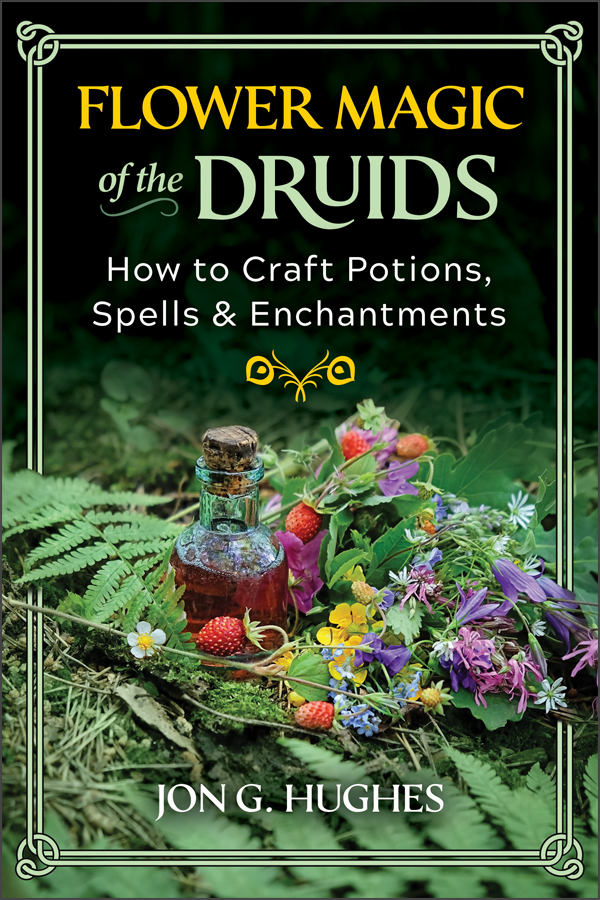 |
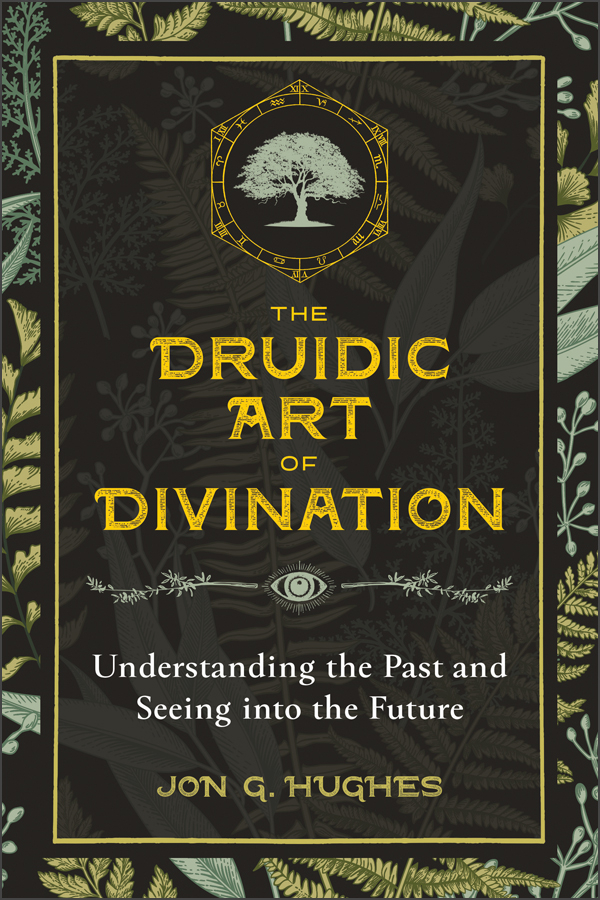 |
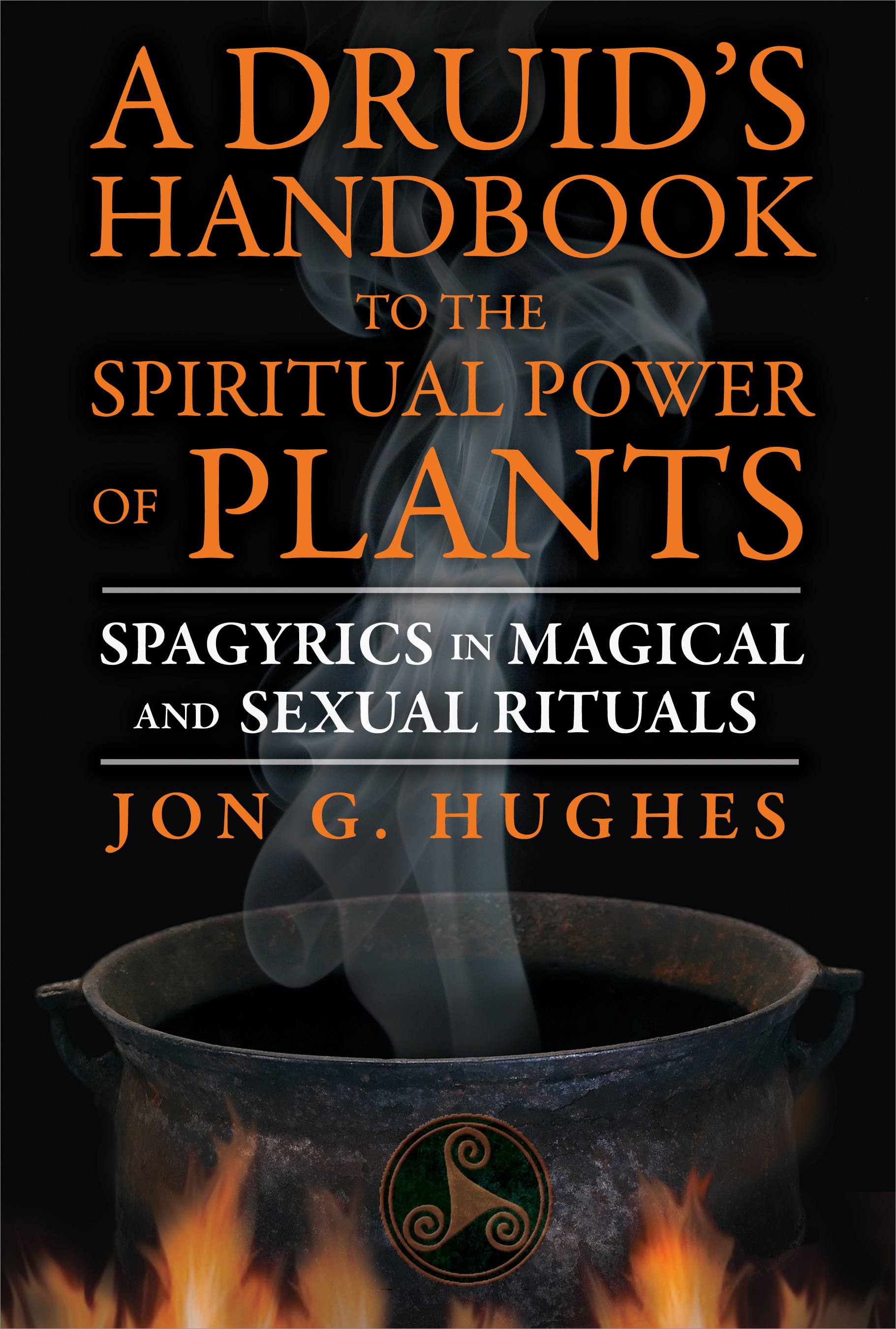 |
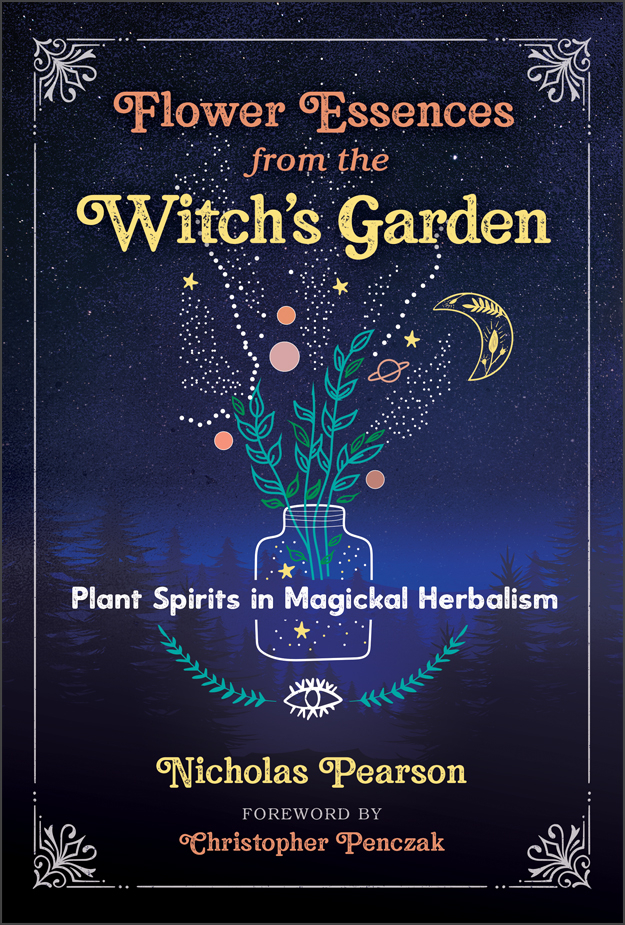 |
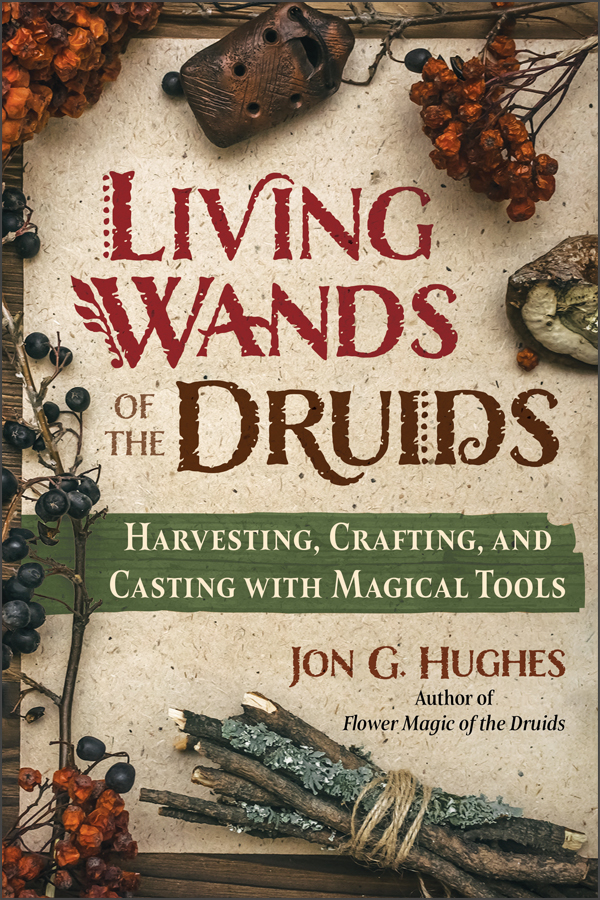 |
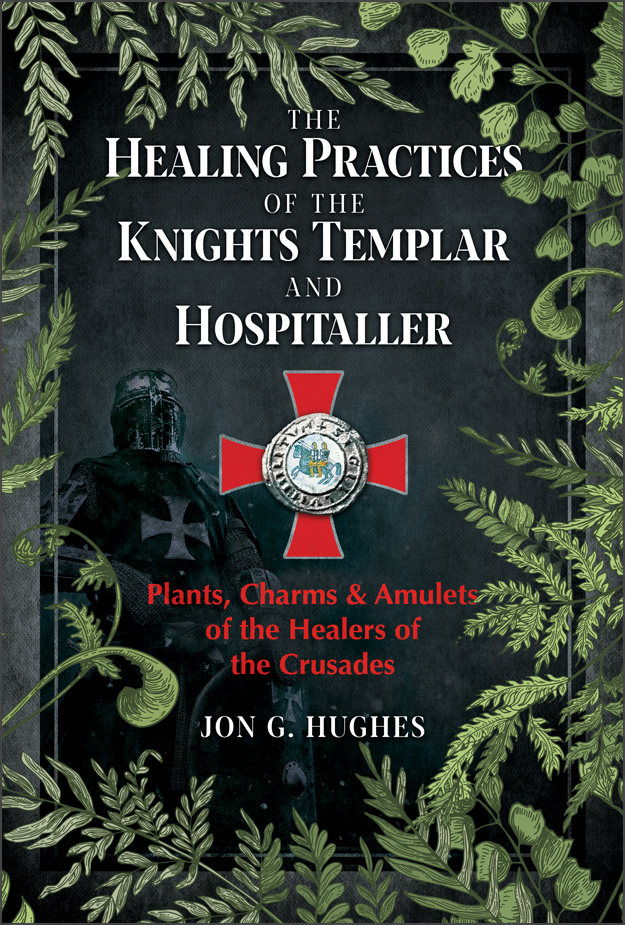 |
 |
 |


